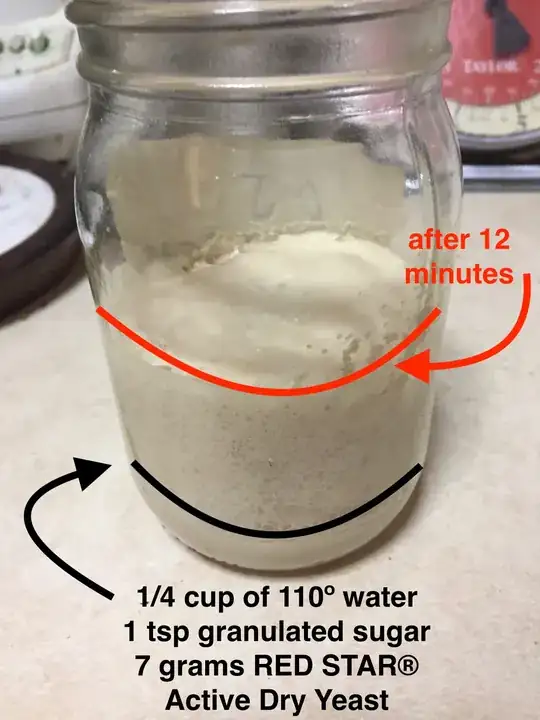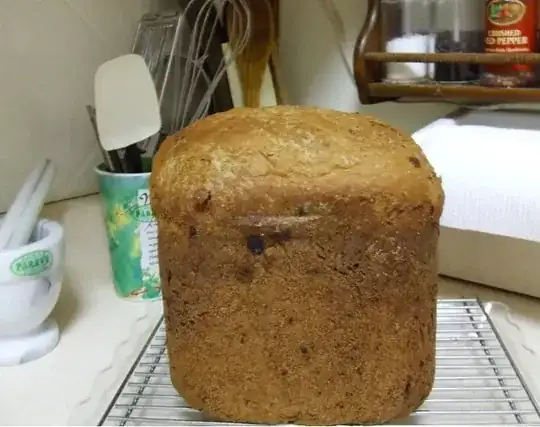Several sources (e.g., The Bread Baker's Apprentice, The Fresh Loaf's Yeast FAQ, and even On Food and Cooking) tell me that active dry yeast must be reactivated by proofing in warm water, or the bread won't rise adequately.
My bread machine manual says to keep it dry, so I have. I've kneaded it into breads I've made by hand, once again dry. I've mixed it with the dry ingredients in a stand mixer, before adding water. None of these fail to rise adequately, or noticeably less than when I proof it. (I'm using Red Star Active Dry Yeast)
I'm wondering, am I missing something? Why does something that according to almost anywhere I look is not supposed to work seem to work just fine?
The only clue I've got is that On Food and Cooking warns that "at cooler soaking temperatures, the yeast cells recover poorly and release substances that interfere with gluten formation (glutathione)."
edit: To clarify: yes, it's active dry yeast; "Red Star Active Dry Yeast" in particular. Yes, the bread machine manual says active dry yeast, not instant, and has different instructions for rapid rise.

